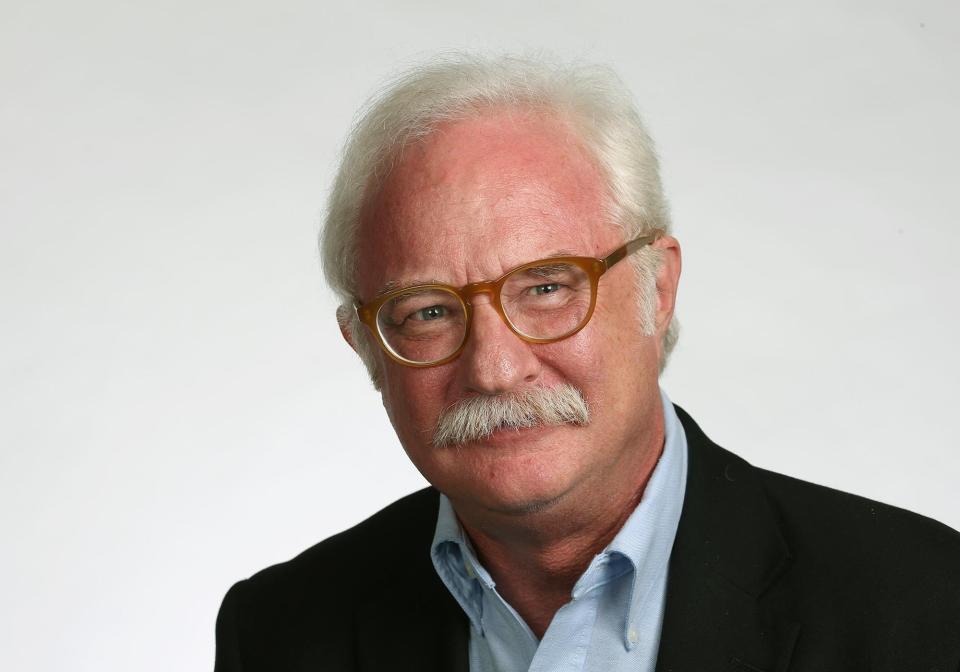Mark Lane: The return of the endless beach toll debate in Volusia County
Every time new council members arrive on the Volusia County Council the call goes out to review beach tolls as though nobody thought of that before. So like clockwork, the new County Council is set to debate beach tolls, just as it did two years ago.
Beach toll schedules tend to raise the whole beach-driving issue, something that’s always contentious. The Third Rail of Volusia County Politics, as local commentators have long christened it.
Council Chair Jeff Brower is a big advocate for expanded beach driving and recruited a slate of like-minded Council candidates this past election season. None of them won election. But new District 4 Council member Troy Kent declared he will “fight tooth and nail” for locals to drive the sands for free. And so, at the Council’s second meeting on Jan. 17, tolls were put on the meeting agenda for March 21, with two votes against even talking about the issue yet again.

Because of past deadlocks and voices-raised debates on beach driving, past Councils have been loathe to get into adjusting the toll menu. As a result, tolls have stayed reasonable ― $25 for a one-year resident driving pass, $20 for a one-day pass for everybody, and a $100 for a non-resident, all-you-can-drive-in-a-year pass. And unlike a lot of Florida beach towns, off-beach parking is free for everyone.
More from Mark Lane:Beach driving is Volusia's never-ending political argument
From 2022:County looks to corporate renaming of beach approaches
The tolls were budgeted to bring in about $5.5 million this past fiscal year, continuing a recovery from the big hit they took during the pandemic. How big a hit the county will take from last year’s hurricane damage remains to be seen.
Since the start of county beach management in 1988, this money was always meant to supplement the costs of running the beach. It doesn’t come close to paying for everything.
Free local beach driving would likely wipe out about $1 million of beach toll revenue. That means the money would need to be made up somehow just when the county is scrambling to pay for storm damage along the 47-mile beach and toll collections are down because of beach ramp closures.
Eliminating the toll for locals would mean I’d pay more in property taxes to encourage more people to drive their cars and trucks on the beach. And I don’t want more cars and trucks on the beach. We have quite enough traffic as it is, at least on good days at low tide.
If the debate on beach driving and tolls were strictly about dollars and cents, it wouldn’t be so heated. But beach driving advocates see beach driving as central to the area’s identity. They link driving to memories of growing up on the shore and past tourism heydays when cars lined up in double rows on the expansive sands. To the glory days of beach racing. To a lost time when you could even cruise the sands under the stars.
And too, there’s the problem of beach access. Despite recent efforts to build more off-beach parking, the lots are popular and fill up fast. Without some beach driving, much of the beach would be hard to get to.
Beach driving foes see the practice as something no normal place would allow because it’s so obviously a hazard to beach walkers, children playing in the sand, and even people sunbathing. Like motoring through a playground. That it’s environmentally destructive, harms sea turtles and birds, and makes for an ugly and loud beach. They note how drivers routinely flout the 10-mph speed limit. As the Florida Supreme Court found in a 1983 personal injury case, this area allows a “lethal mixture of cars and reclining persons.”
And so the debate that started with Ponce Inlet’s 1981 beach toll ordinance goes on and on and on.
Personally, I stick to traffic-free areas. (I was even married at one!) There are a lot more cars and people here than there were when I was growing up and beach rules were looser. I go to the sands to relax, and driving, especially creeping along on a packed beach, does not relax me. It demands close attention to everything around me and more peripheral vision than I possess. It’s not that fun.

And given beach conditions lately, I worry about having to enlist beachgoers to push me out of soft sand while I rock the car back and forth. A situation that marks you as a clueless tourist and would be shameful for a local.
So by all means, the County Council members should debate beach tolls one more time. And then throw up their hands because there are no easy, popular, legally solid or affordable options. And save their notes because they’ll do it again sometime soon.
Mark Lane is a News-Journal columnist. His email is mlanewrites@gmail.com.
This article originally appeared on The Daytona Beach News-Journal: Volusia County beach toll debate returns | Mark Lane

